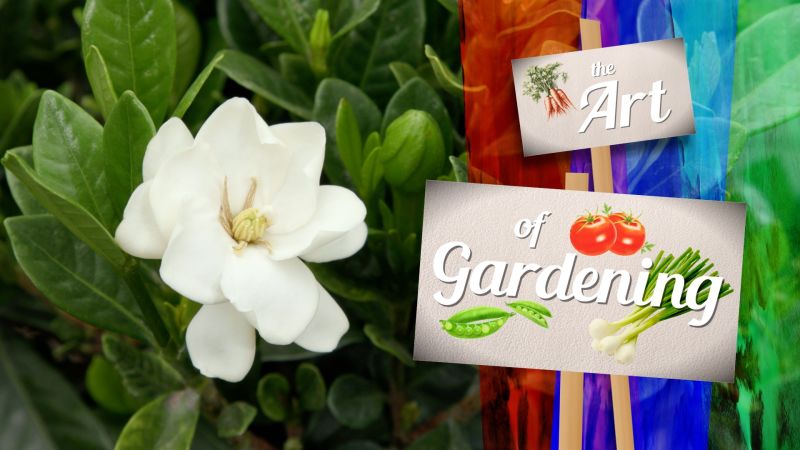
GINTA: Killing wild animals is never the long-term solution
DO YOU REMEMBER THE FIRST couple of months into the pandemic when social media was inundated with images of wild critters strolling through cities and other areas usually frequented by humans that were suddenly empty due to people staying home? Photoshop tricks notwithstanding, we were indeed witnessing a different level of interaction with Mother Nature and her wild children, albeit from a far.
Nature, it is safe to say, has since become the ultimate and absolute saviour of humanity as the COVID-19 crisis progressed to envelop us into a grip that has yet to lessen. We cannot travel the way we used to, but people took to nearby trails and when and where allowed, they went camping.
As of late, city running has become a risky affair around the Lower Mainland. There are now coyotes in Stanley Park, which some humans have encountered from up close and ended up with scratches and even bites.
When I lived in Vancouver almost a decade ago, there were coyotes in Pacific Spirit and I got to see a few out on a stroll in early morning during my runs, but none came too close.


